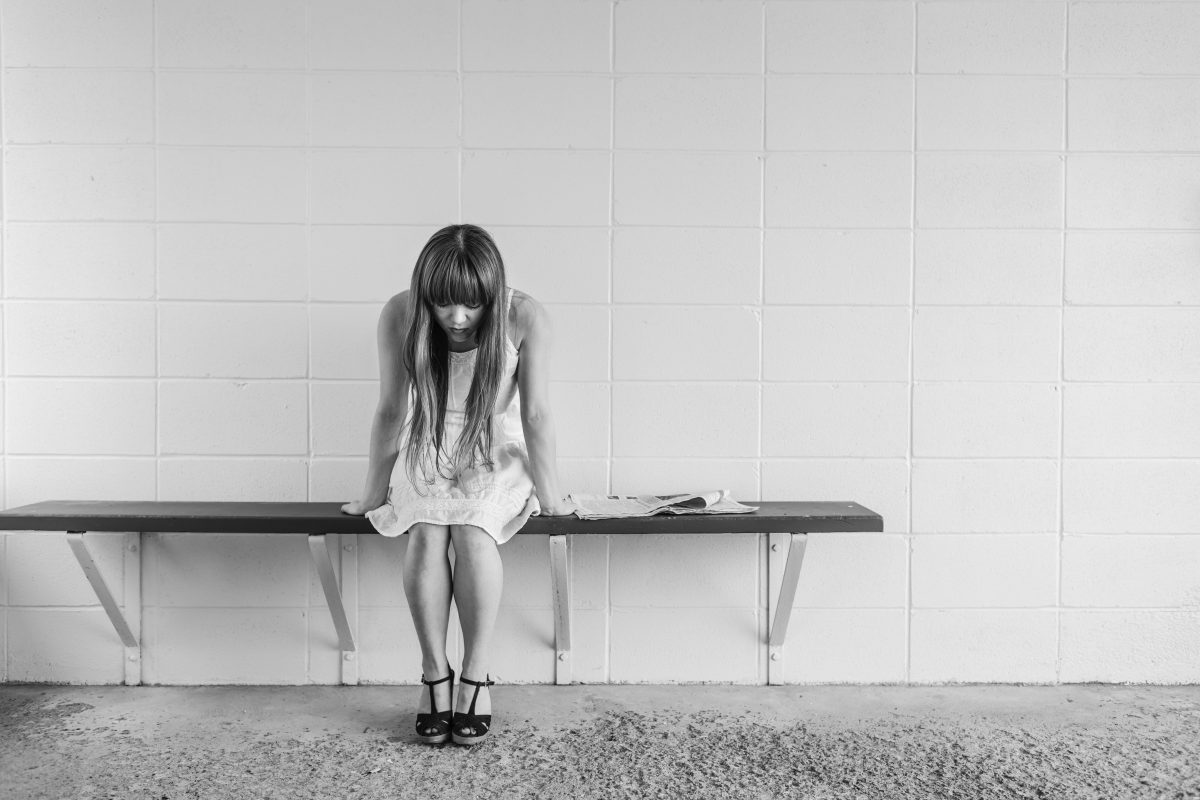According to the National Institute on Drug Abuse, “addiction is defined as a chronic, relapsing disorder characterized by compulsive drug seeking, continued use despite harmful consequences, and long-lasting changes in the brain.” In other words, addiction affects both the physical and mental health of an individual. Drug and alcohol abuse and mental illnesses can feed off of each other, which is why a treatment program cannot only address the physical aspects of addiction.
That being said, addiction treatment goes beyond the usual methods of detoxification, the process of removing toxic substances from the body, and abstinence, the practice of restraining oneself from consuming substances. The addicted person needs to be treated for both the physical and mental effects that the addiction has had on them, as well as any mental illnesses they may have. This is important because studies have shown that mental illnesses such as depression and anxiety have a strong relationship with addiction. A holistic approach that heals both the mind and body is needed for a successful recovery.
The reason why a holistic approach is needed is because even people who have gone through treatment for a substance use disorder can be susceptible to relapses if they are not equipped with proper resources during their treatment to return to their daily lives. The relapse rate for substance use disorders is estimated to be between 40% and 60%, which is similar to rates of relapse for other diseases such as hypertension or asthma. This may be because individuals were not given enough resources to deal with triggers once they return to their daily lives, or enough support both during and after the treatment. An important factor in determining the success of an addiction treatment and preventing potential future relapses is the time allocated to addiction treatment programs.
Short Term Drug Rehab vs. Long Term Drug Rehab
A typical and tradition addiction treatment is about 30 days and can last up to no more than 90 days. Although this 30-day treatment can be effective for some people, recent studies have shown that long-term treatment (which lasts for more than 90 days) has a higher success rate, especially for individuals who are suffering from severe addictions and/or have been relapses since their previous treatments. Long-term drug rehab is also especially beneficial for individuals with a dual diagnosis, simultaneously experiencing a mental disorder and a substance use disorder.
Short-term addiction treatment provides intensive support within a short amount of time, allowing individuals to return quickly to their daily lives. However, because time is limited, facilities are only able to focus on detox and the management of withdrawal symptoms, leaving little time to individual and group therapy which can be very influential in an individual’s recovery. On the other hand, long-term addiction treatment provides support and resources that go beyond the usual “detox” into the real work of recovery of helping individuals heal mentally, reducing risks of relapse.
Benefits of Long-Term Drug Rehab
Prolonged substance abuse has a strong effect on one’s decision making process and judgment especially since their brains have been altered from their addiction. Because they have been affected for so long, it is only natural that it will take time to get rid of old habits and develop better ones. As the addicted person learns to break the cycle of relapse and dependence on drugs, they are also gaining self-confidence and allowing their bodies to heal physically through proper nutrition and therapeutic activities. The following are some benefits of long term drug rehab:
Drug and Alcohol-Free Environment
In long-term drug rehab, individuals are placed in a positive environment filled with professionals and peers with like-minded goals. Individuals will be separated from negative influences such as enabling peers or environments that look down on sobriety. There will be no temptation when accessibility to illicit substances is prohibited.
Structure
Structure is a very important aspect of your life because it helps you make sense of your life and gives you a sense of ownership. The lack of structure can actually be an enabler for substance abuse especially when one feels unconfident, unmotivated, and overwhelmed. At these dual diagnosis treatment facilities, individuals are given set schedules to follow, bringing order to what may have been a chaotic life. These schedules include any physical treatment they need as well as therapeutic activities that help to reinforce recovery and allow individuals to feel a sense of accomplishment.
Constant Support and Supervision
None of the treatments would be possible without the help of professional staff that support individuals in their journey to sobriety and supervise their progress. During long-term drug rehab, individuals will have 24/7 access during and after their retreatment. Certain facilities have alumni programs that they highly encourage individuals to join after completing their long-term addiction treatments. Since family will not be able to be present, professional assistance and support will be of convenient access whenever needed, especially in critical moments such as the likelihood of relapses.
Sober Peers and Accountability
The drug rehab facility can help create an environment where individuals can meet peers who have similar experiences to them and are also working toward sobriety. These friendships can grow and strengthen over the duration of their long-term drug rehab, even extending to life after treatment. Having peers who can understand them helps them know that they aren’t the only ones struggling through things and that they are not alone. Often time, it is very easy for individuals to feel like an outcast due to their struggles with addiction. A strong support system from their peers helps them attain a feeling of belonging and create an accountability check.
Therapy Options
Another great benefit to long-term treatment is there is access to many more therapy options that can help an individual’s recovery. Whereas short-term drug rehab may only have time to focus on the physical aspects of recovery, dual diagnosis treatment facilities can offer medical, social, and psychiatric services. Instead of focusing on just the detox, the extra time in long-term treatment allows for more time with learning how to function in society.
Practice for Real Life
In my opinion, the most important thing that long term drug rehab can offer to their clients is the time and practice of life skills in a safe and substance-free environment. Different facilities have different methods, but it usually involves a slow transition from partial-hospitalization (depending on how severe the addiction is) to living at the facility to being able to go to work while attending activities held at the facility. It takes time for people to learn new things and adjust. A long-term addiction treatment also includes formal aftercare and community self-help groups that continue to assist their former clients.










